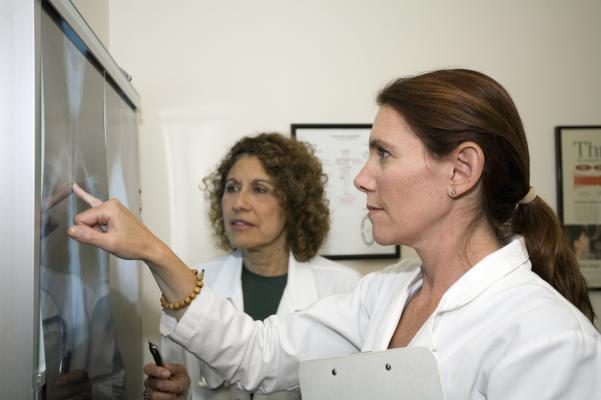
April 16, 2013 — A new study finds adding a photo of a face to X-ray images can reduce "wrong-patient" errors five-fold.
As part of the study, ten radiologists interpreted 20 pairs of radiographic images with and without photographs. Two to four mismatched pairs were included in each set of 20 pairs of images. When photographs were added, radiologists correctly identified the mismatch 64 percent of the time. The error detection rate was about 13 percent when photographs were not included, according to Srini Tridandapani, M.D, of Emory University and an author of the study.
The radiologists in the study did not know they could use the photographs as a means to identify mismatched X-ray images, and some said they purposely ignored the photographs because they thought the study was designed to determine if a photograph would distract them.
"We did a second study of five radiologists, and we told them to use the photographs. The error detection rate went up to 94 percent in the second study," said Tridandapani.
Surprisingly, the interpretation time went down in the first study when the photographs were added to the images. "We're not sure why this happened, but it could be because the photograph provided clinical clues that assisted the radiologist in making the diagnosis," said Tridandapani.
"I estimate that about 1 out of 10,000 examinations have wrong-patient errors," he Tridandapani.
The study required additional personnel to take the pictures of the patients immediately after the patients' X-ray examination. Dr. Tridandapani and his colleagues, however, have developed a prototype system where the camera can be attached to a portable X-ray machine to take the picture without additional personnel.
For more information: www.arrs.org


 December 10, 2025
December 10, 2025 









